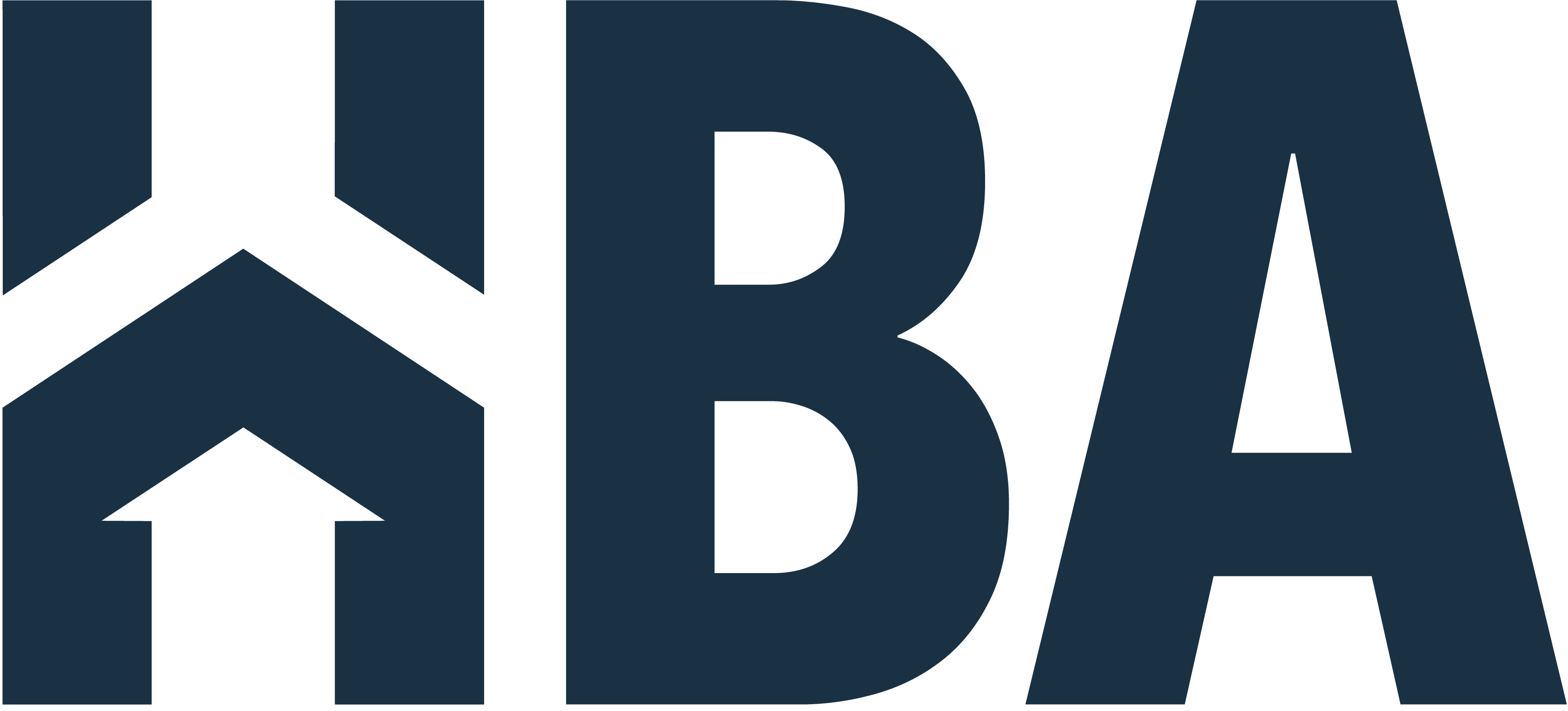
Over the last two weeks, the Mortgage Bankers Association’s tracked 30-year fixed-rate mortgage average rate fell by 14 basis points to 3.06%, a new record low in the series. At the same time, the results from its Weekly Application Survey show both weekly and year-over-year percentage increases in purchasing and refinancing activities.
On a seasonally adjusted basis, purchasing activity increased by 2.0% from the previous week and by 26% compared to the same week last year, while refinancing showed a stronger weekly gain of 9.1% and a staggering year-over-year gain of 47%. Between refinancing and purchasing activities, the former accounted for 65.7% of all mortgage activity in terms of the number of applications, the highest share in over three months. Combined with low housing inventory, the movement of interest rates to record lows over the past couple of weeks and the slower pace of purchasing relative to refinancing are a testament to the current housing market being a seller’s market.

Government-backed mortgage activity also increased in the previous week: the FHA’s share of mortgage applications increased to 10.4% from 9.6% and the Veteran Administration’s (VA’s) share increased by 20 basis points to 11.4%. USDA (farm) applications remained unchanged at 0.6%.















